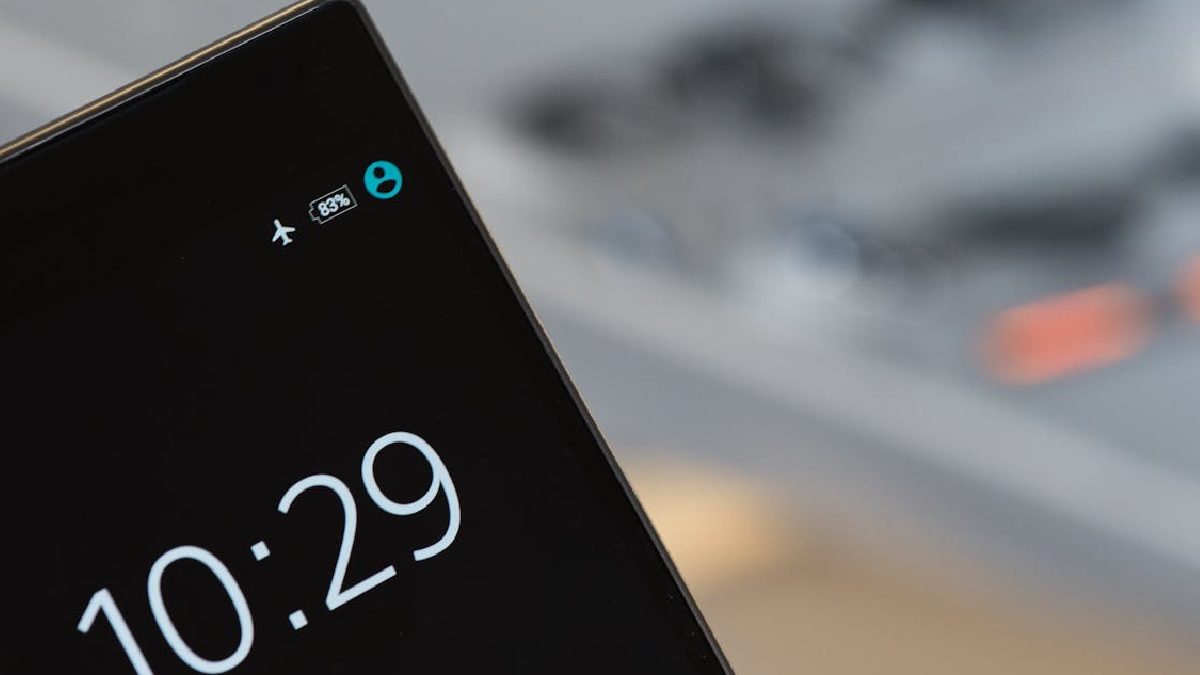The digital age has brought us an array of gadgets that fit in the palm of our hand yet pack incredible processing power. From smartphones to tablets, these devices have become an essential part of our daily lives. However, one common frustration persists: battery life. Frequent charging and dwindling battery capacity can be a hassle. How can we ensure that our gadgets run efficiently for longer periods? This article explores various strategies to maximize battery life in modern gadgets.
Table of Contents
Understand Your Battery
Before diving into specific tips, it’s essential to understand the type of battery your device uses. Modern gadgets mostly rely on lithium-ion or lithium-polymer batteries. Unlike their nickel-based predecessors, these batteries don’t suffer from the memory effect, but they do have their own quirks. Understanding these characteristics can help you optimize performance and longevity.
Avoid Extreme Temperatures
Extreme heat or cold can significantly affect your battery life. High temperatures can lead to faster degradation, while extremely low temperatures can temporarily reduce capacity. It’s advisable to keep your gadgets within the recommended operating temperature range, usually stated in the device’s user manual.
Battery Drain Analysis
Understanding battery performance over time can be quite informative. Conducting a battery drain analysis can help pinpoint the exact reasons for battery drainage and offer specific insights into improving efficiency. This can be particularly useful for identifying hidden issues that aren’t immediately obvious.
Optimal Charging Practices
Proper charging habits can extend battery life significantly. Here are some useful tips:
- Avoid full discharges. Lithium batteries perform best when kept between 20% and 80% charge.
- Don’t keep your device plugged in for extended periods after it has reached 100%.
- Use the original or certified charger and cable to ensure efficient and safe charging.
Manage Power-Hungry Apps
Some apps consume more power than others, even when running in the background. Regularly check your device’s battery usage statistics to identify these resource-hungry apps. If an app is consuming more power than it should, consider uninstalling it or using it less frequently.
Update Software Regularly
Keeping your device’s software updated can offer several benefits, including improved battery performance. Developers continually tweak the software to make it more efficient. Regular updates may include optimizations that make your battery last longer.
Utilize Power Saving Modes
Most modern gadgets come equipped with power-saving modes. Activating these modes can restrict background processes, reduce screen brightness, and limit CPU performance, thereby conserving battery. Make it a habit to switch to power-saving mode when your battery is running low, or when you know you won’t be able to charge your device for a while.
Future Battery Technologies
As technology advances, so do battery technologies. Researchers are continuously working on developing new types of batteries that offer longer life, faster charging, and increased safety. Solid-state batteries, for example, promise to significantly improve upon the current lithium-ion technology by offering greater energy density and less risk of overheating. Keeping an eye on these developments can help consumers make informed choices when purchasing new devices.
Disable Unnecessary Features
Your device has several features that, while convenient, consume a lot of power. For example:
- Turn off Bluetooth, Wi-Fi, and GPS when not in use.
- Disable push notifications for non-essential apps.
- Reduce screen brightness and timeout settings.
Small adjustments like these can have a cumulative effect and significantly extend your battery life.
Monitor Battery Health
Most devices offer a way to check battery health, detailing its current capacity relative to when it was new. Monitoring this metric can give you an idea of when the battery may need replacement. Batteries degrade over time, and knowing their condition can help you manage usage more effectively.
Customizing Settings for Different Scenarios
Different scenarios require different settings to optimize battery life. For instance, when traveling, activating airplane mode can conserve significant power by disabling wireless communications. On the other hand, when using your device for reading or working on documents, lowering the screen brightness and disabling background app refresh can make a big difference. Customizing your device settings based on your activity can lead to more efficient battery use and extend the overall life of your gadget.
Environmental Impact
Battery life isn’t just a matter of convenience; it also has environmental implications. The longer your battery lasts, the less frequently you need to replace it, reducing electronic waste. Additionally, many batteries contain materials that are harmful to the environment if not disposed of correctly. By extending your battery life, you can contribute to a more sustainable future by reducing waste and minimizing the demand for new resources.
Maximizing battery life involves a mix of good habits and smart device management. By understanding your battery, avoiding extreme temperatures, practicing optimal charging, managing apps, updating software, utilizing power-saving modes, and disabling unnecessary features, you can ensure that your gadgets remain reliable throughout the day. A little effort in maintaining your battery today can extend the life and efficiency of your device, making your digital experience smoother and more enjoyable.

